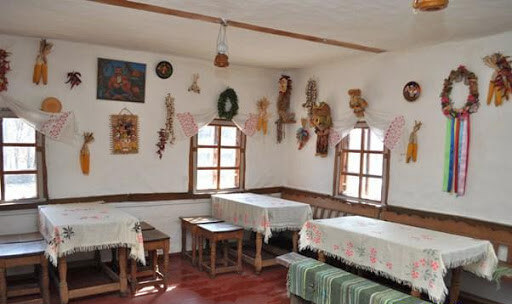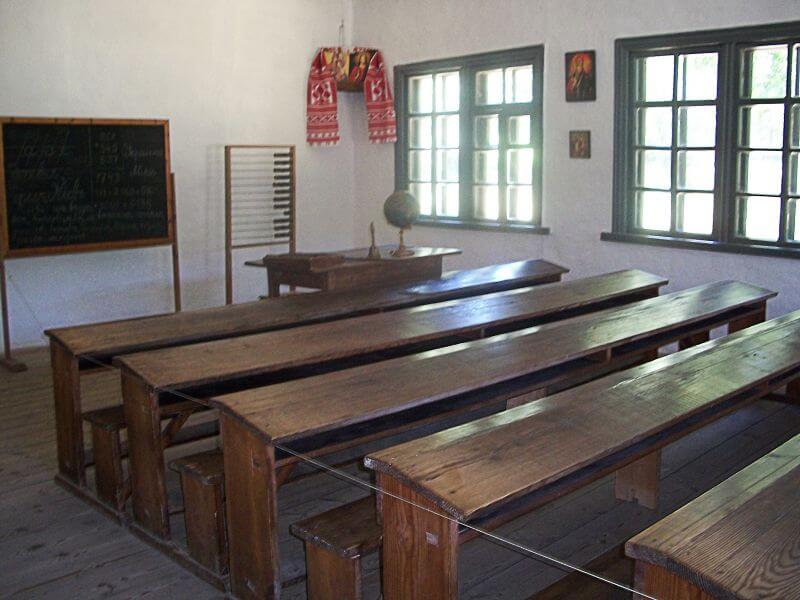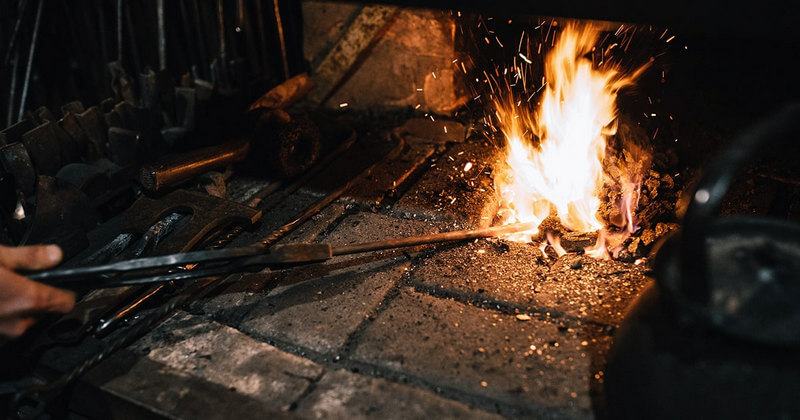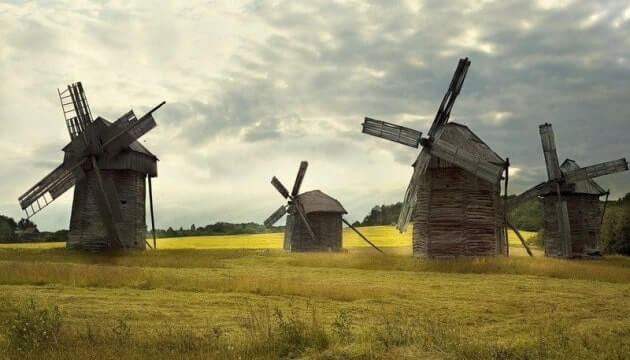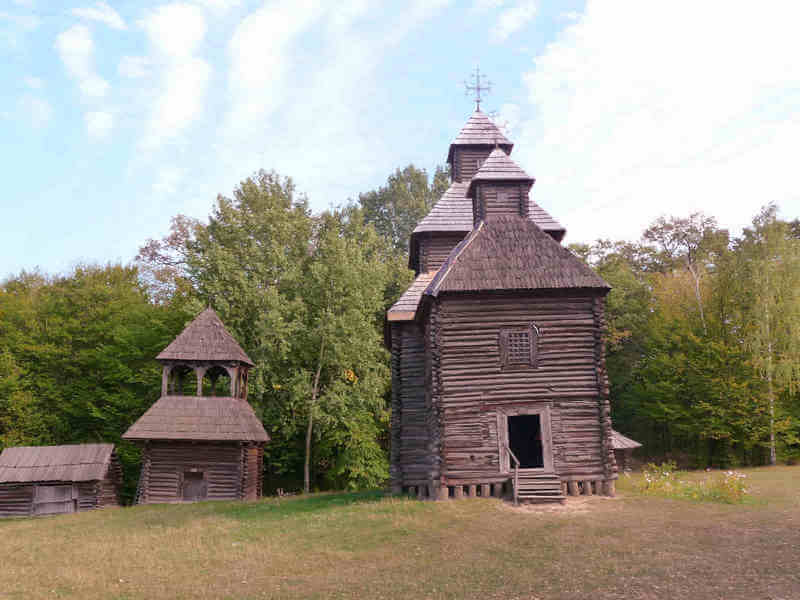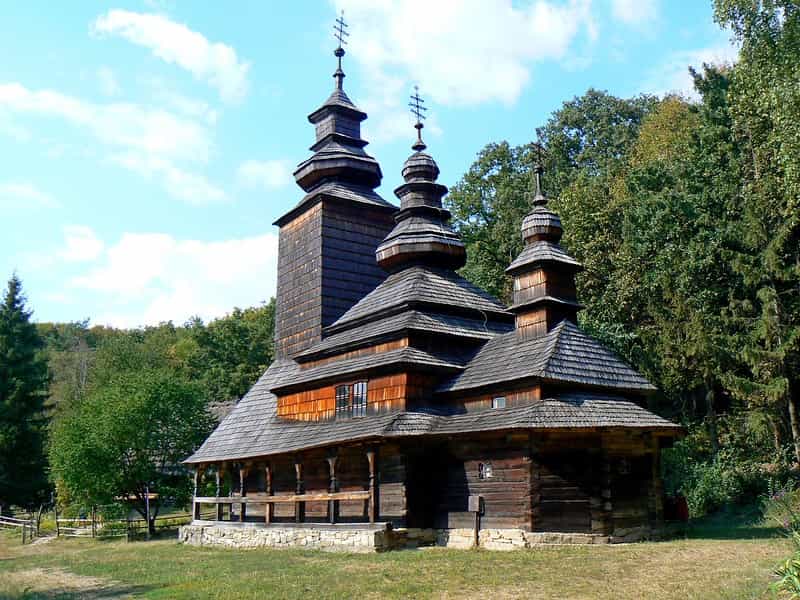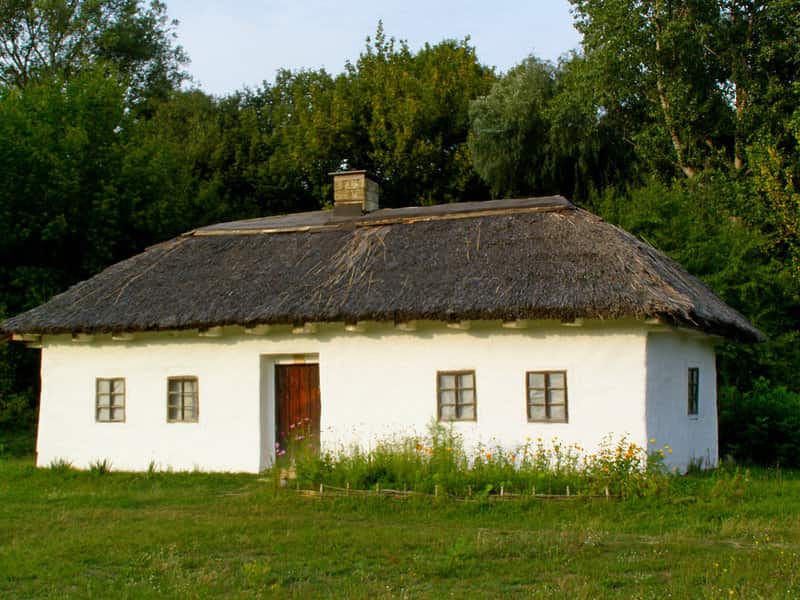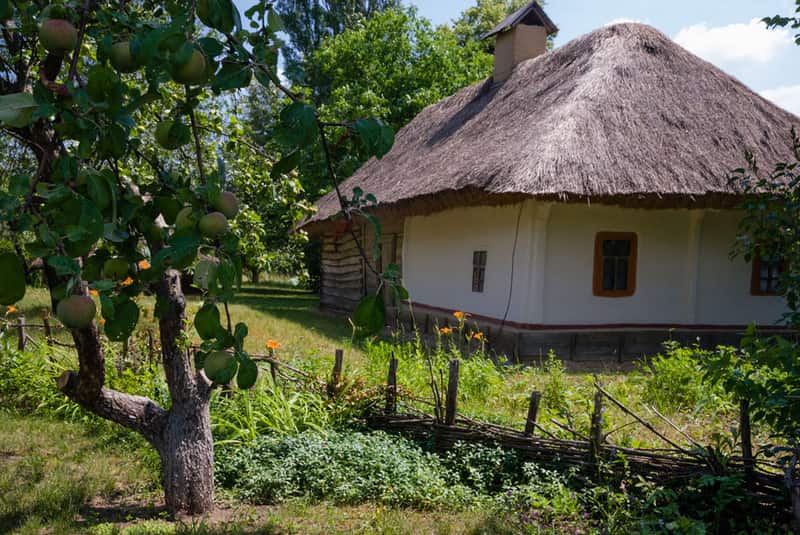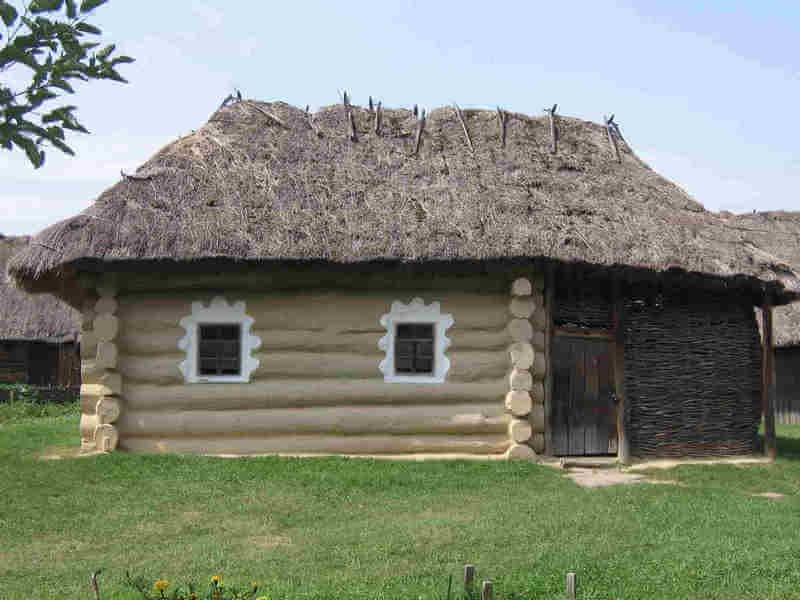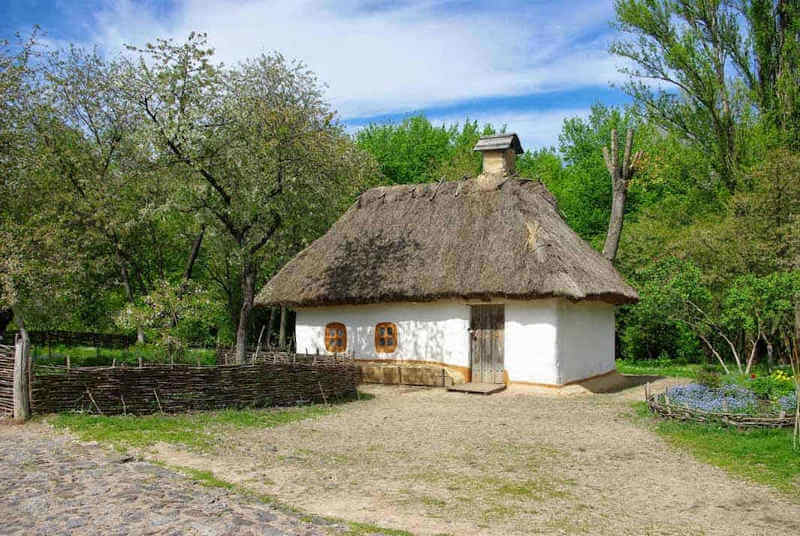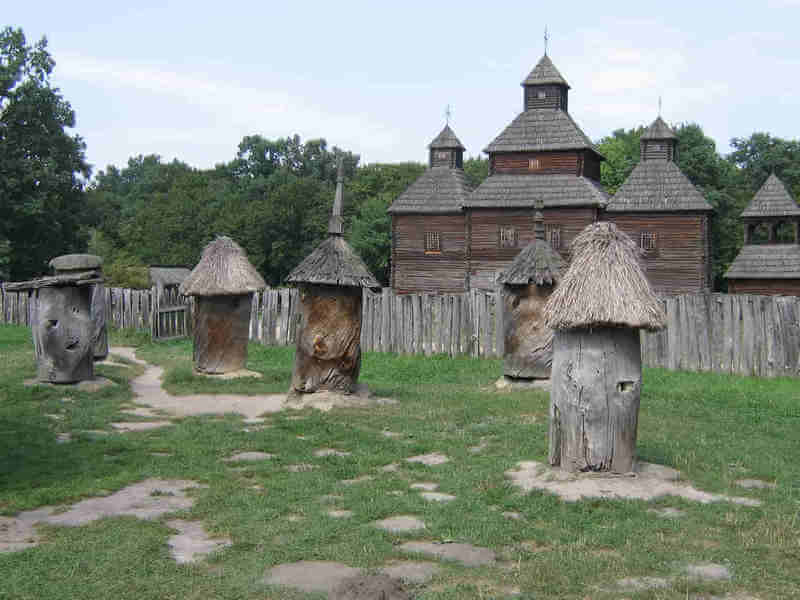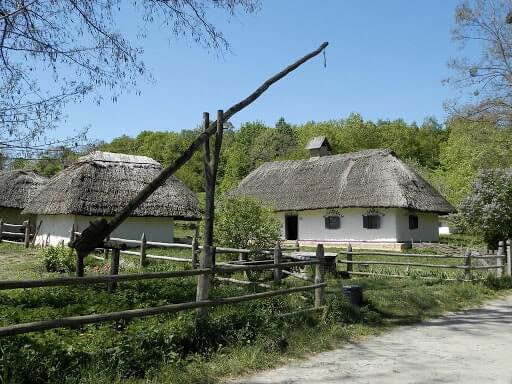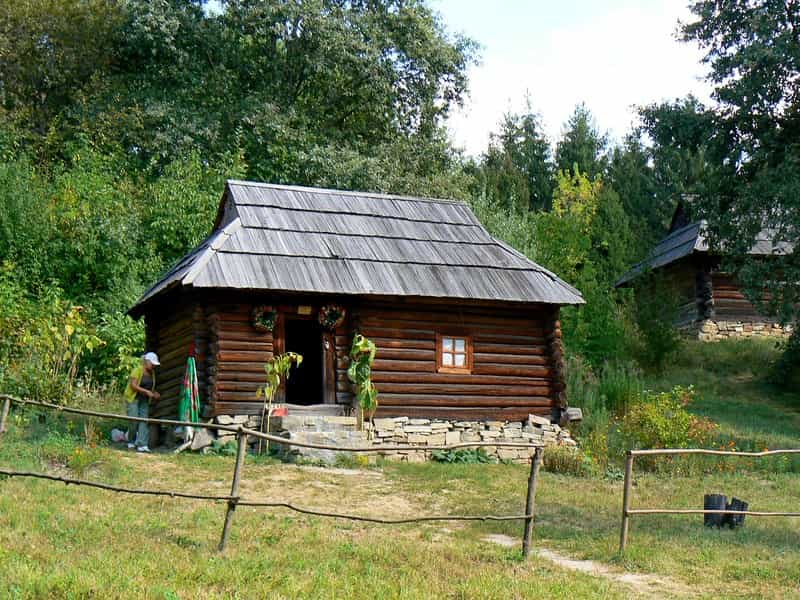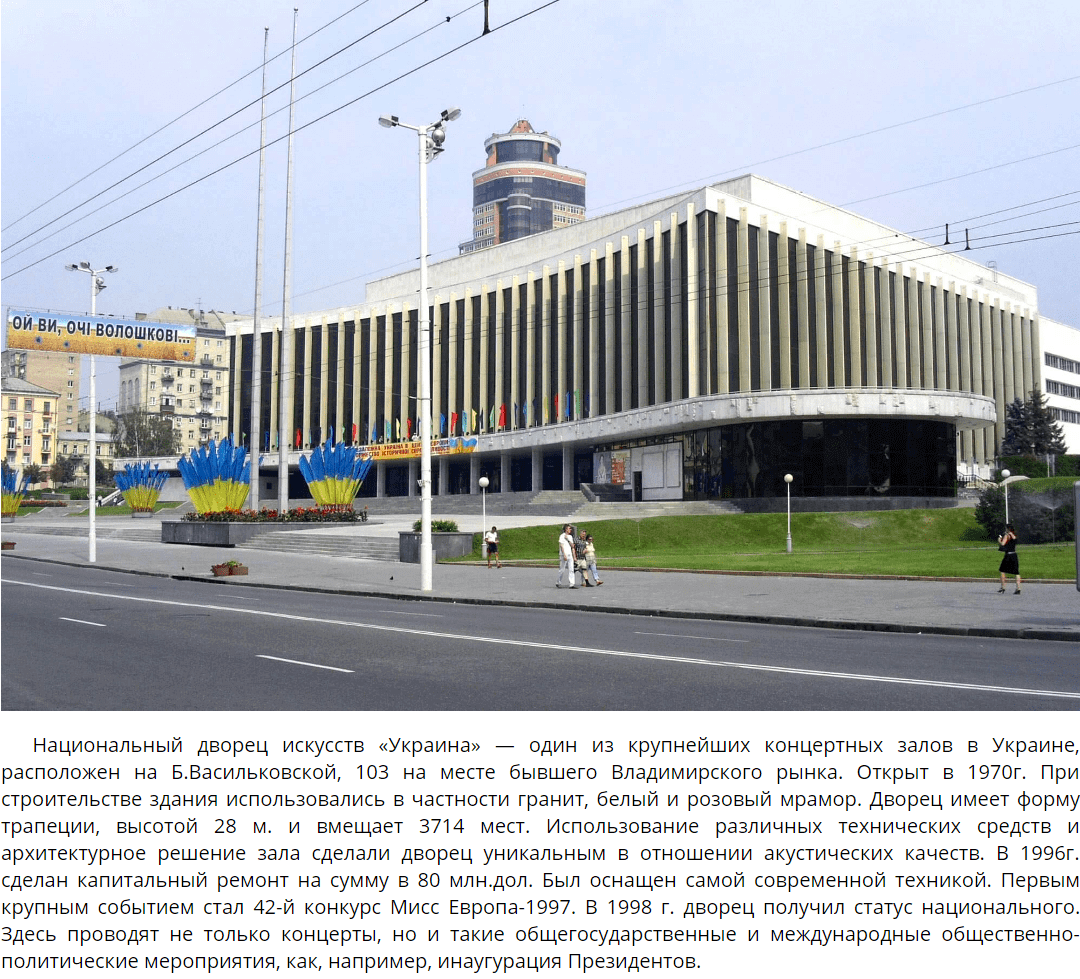Tour to Pyrohovo
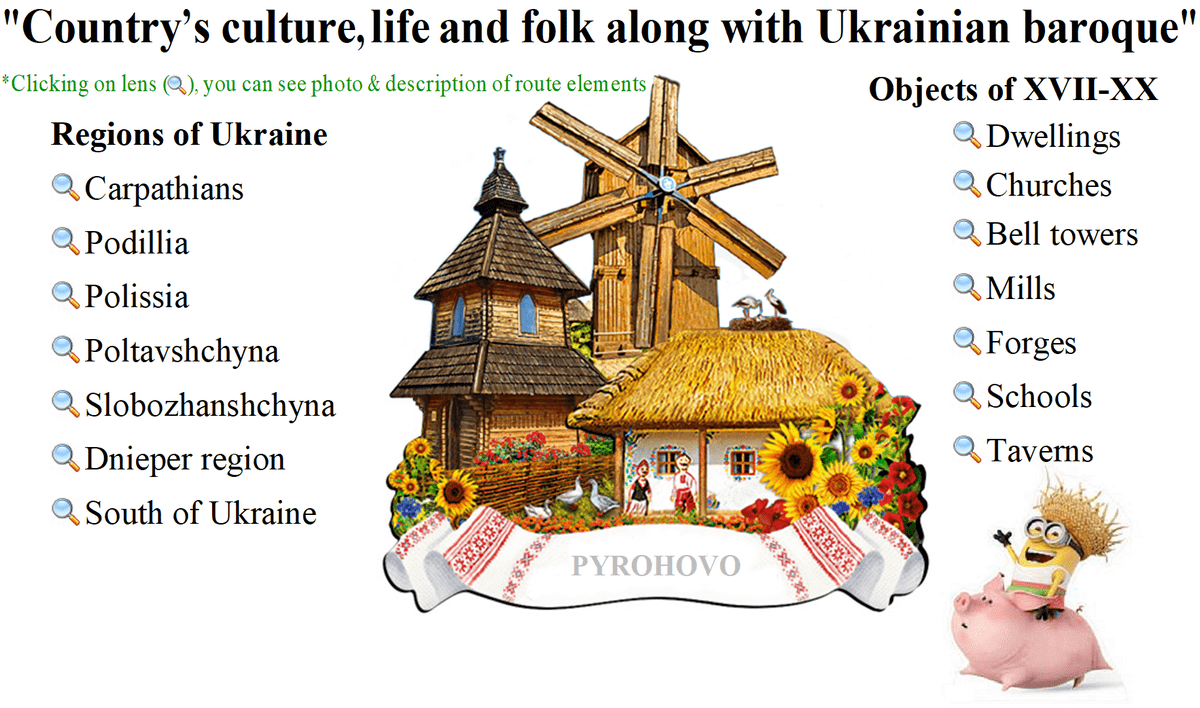
We invite you to tour to Pyrohovo – an ethnographic museum of folk architecture and mode of life, the largest in Ukraine. This is an architectural and landscape complex, where the history of all ethnographic regions of Ukraine is collected. The dwellings of Poltavschyna, Kyivschyna and Polissya can be seen there. The unique feature of the museum is that a lot of houses presented there are original and were brought from many regions of Ukraine and constructed on the museum’s territory. A lot of objects of national mode of life can be seen in those houses – dishes, towels (rushnyk), clothes and household items. The one-day tour is conducted individually. Duration: 4-5 hours.



















